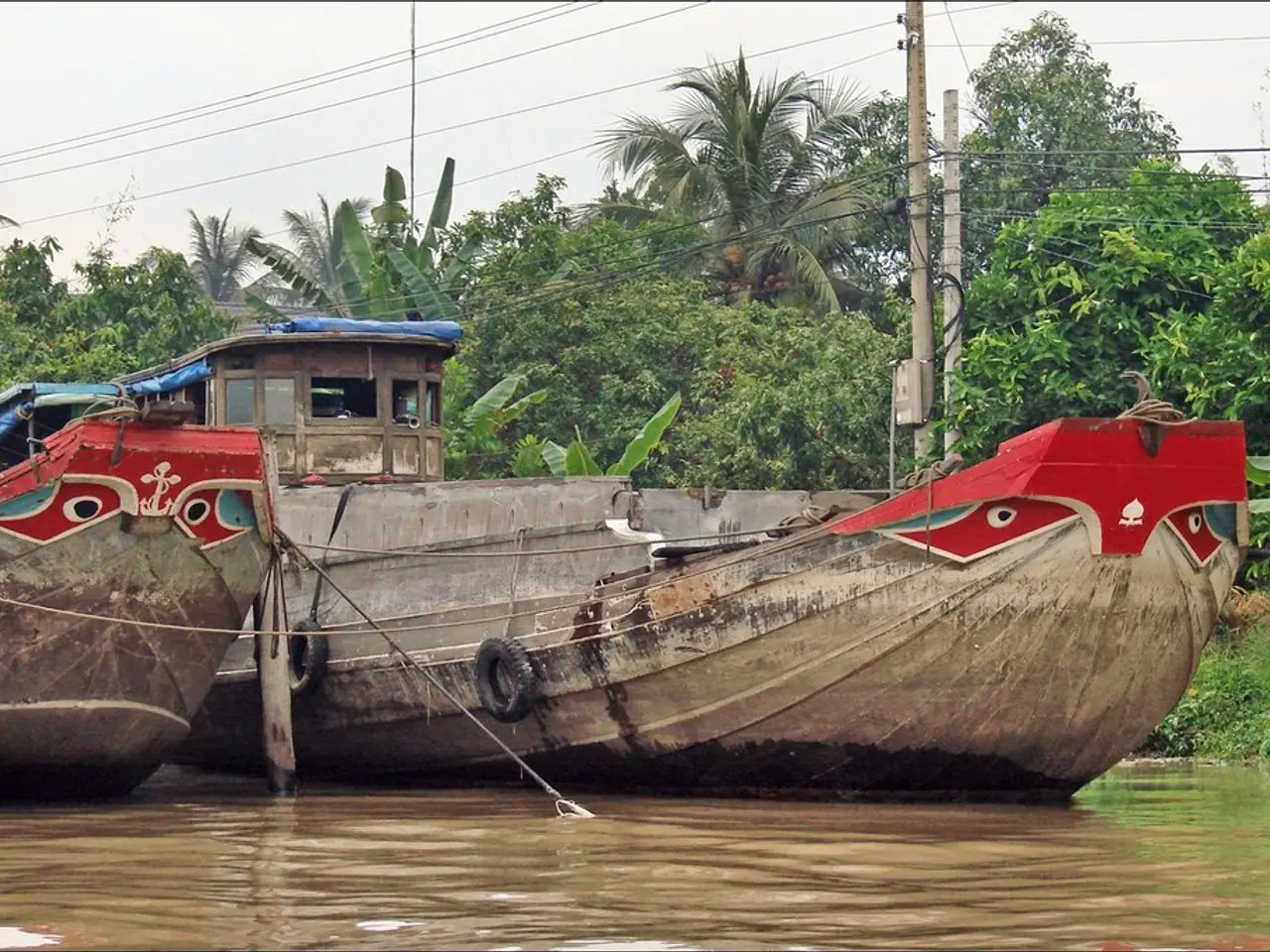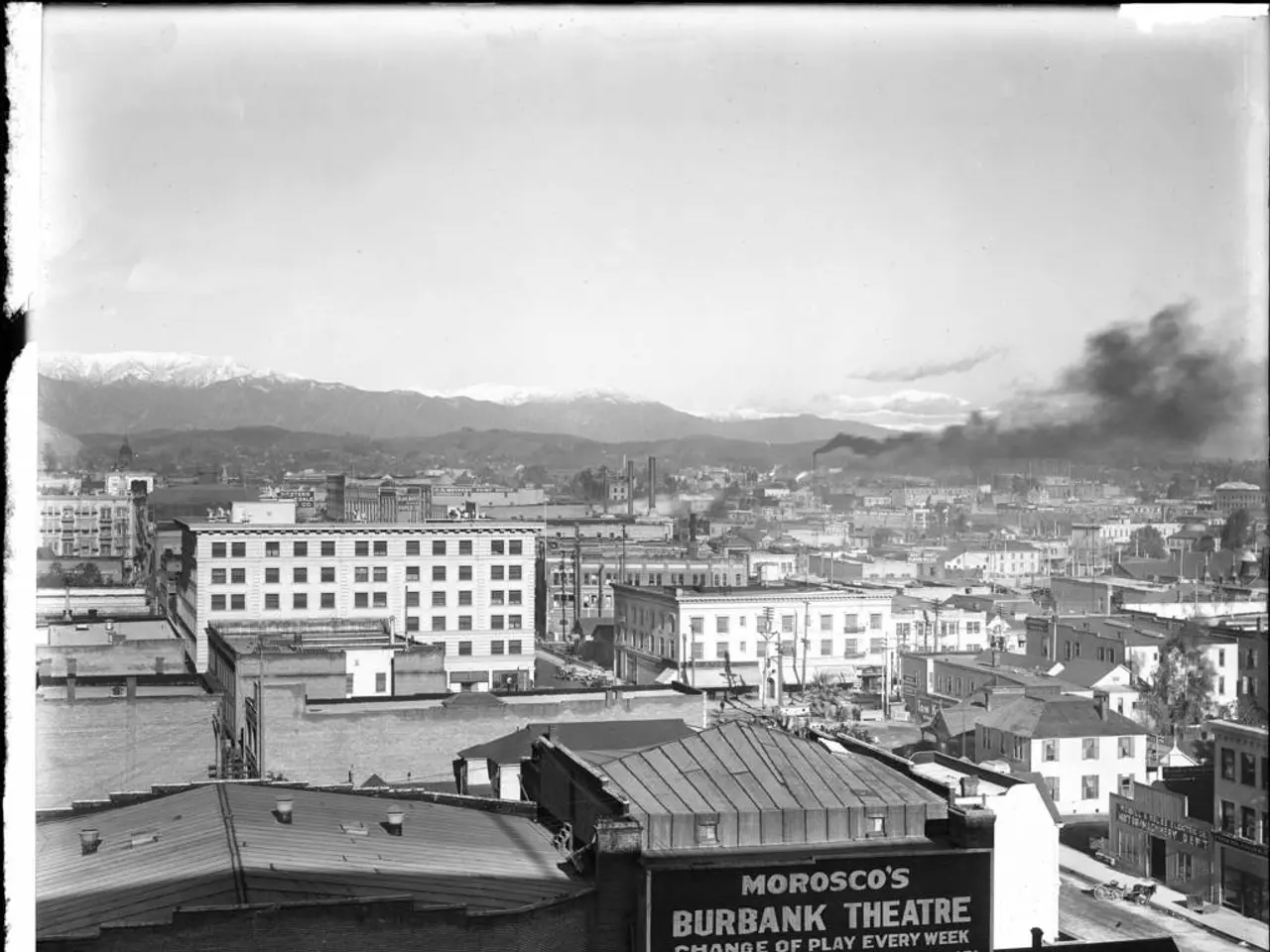Problems Arise in the North Baltic Canal due to Mud Accumulation in the Elbe
The formation of a sandbank in the Elbe River before the locks at Brunsbüttel is causing issues for ships navigating the Kiel Canal, one of the busiest artificial waterways connecting the North Sea and the Baltic Sea.
This sandbank has resulted in a restriction of draft for ships, necessitating them to only leave the canal during specific time windows. The sandbank's formation has also led to the loss of many ships due to the restriction of draft, although the exact number is currently unavailable.
The UCA United Canal Agency and the Initiative Kiel Canal have demanded swift action regarding the sandbank issue. Jens-Broder Knudsen, the chairman of the Initiative Kiel Canal, and Jan Klein, the managing director of the UCA United Canal Agency, are both actively involved in addressing this problem.
The investigation is focused on determining whether construction work, such as the fifth lock chamber or the new fairway in the Elbe, is directly linked to the sandbank formation. Suspicions point towards construction work as a possible cause, with the new currents potentially created by the work contributing to the sandbank's formation.
The origin of the silt in the Elbe sandbank is currently under investigation. Official marine and waterway authority publications are the primary sources for precise and updated findings on the sandbank's development, dredging operations, and changes in sediment patterns.
While the exact cause of the sandbank's formation remains under investigation, it is clear that its presence is impacting ship traffic in the Kiel Canal. Ongoing monitoring and dredging interventions are necessary to maintain navigability and ensure the safe passage of vessels through this critical waterway.
The investigation into the Elbe sandbank's formation may involve environmental-science, particularly looking at the impact of climate-change on riverbed dynamics. The formation and growth of the sandbank could potentially affect weather patterns in the region, as significant sandbanks can influence local winds and air currents.








